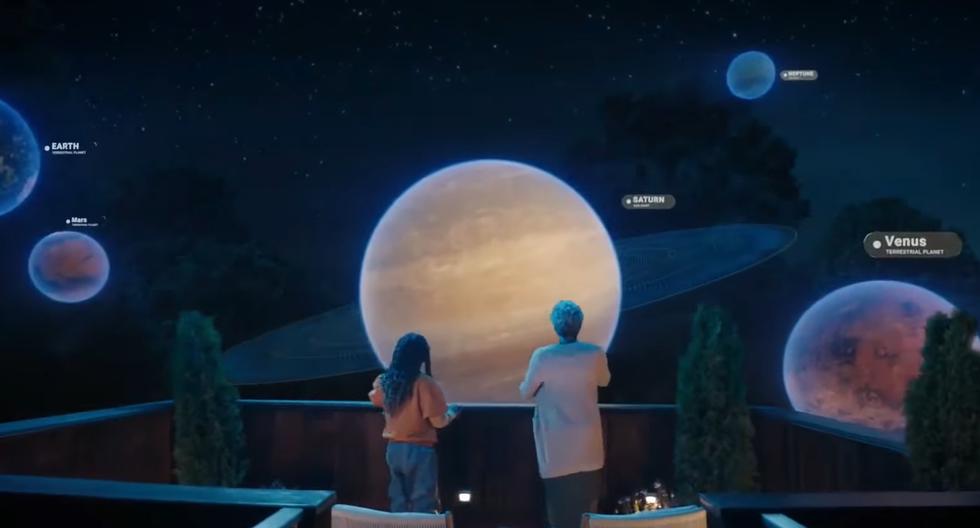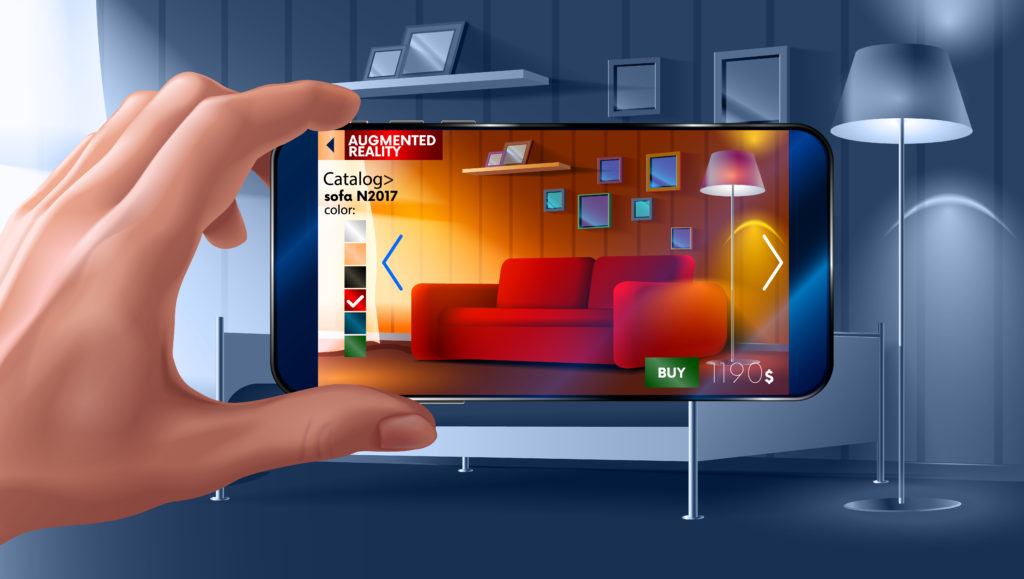Augmented reality (AR) is an increasingly growing trend that is permeating numerous aspects of our life. It has multiple uses that inform, inspire and entertain. In a nutshell, AR can provide data in real-time that influences decision making. The technology allows users to visualise the real world with a digital augmentation overlay making for an incredibly visual and interactive experience.
If you’re not already familiar with AR applications, it essentially overlays 3D animated objects onto the real world using a device with a built-in camera. The most user-friendly devices are smartphones and smart glasses, but you can use tablets and laptops as well. Users simply point their device at something and the software brings up relevant information. The type of AR that has been utilised determines how the user interacts with the real world and what information they will receive.
Marker-based AR
Marker-based AR applications use physical objects in the real-world such as a landmark, a tree or a person. Users can superimpose 3D objects onto it through filters.
Common uses are splashed all over social media with people taking photographs of themselves with a funny bunny face or squirrel’s nose etc. A practical use for businesses is to use a QR code for customers to access a menu or marketing data.
Marker Free AR
Forward-thinking businesses were quick to take advantage of marker-free augmented reality solutions. This type of AR uses simultaneous localisation and mapping to place an object in the real world.
An example of marker-free AR is outlining which uses image recognition software to place AR lines in the real world and calculate specific dimensions. Parking guidance systems were one of the first products to utilise AR. A prime example of marker-free AR is the Ikea application which enables consumers to determine how a piece of furniture will look in a room, or indeed to determine if it fits in the space you have reserved for it.
Outlining has the potential for wider business use. In recent years, we have seen it utilised by retail outlets that enable you to virtually try on a dress or test makeup to see if the colour compliments your complexion before you make a purchasing decision.
Create a Portal
AR portals literally transport users into an augmented environment that is overlaid with the real world or an entirely imagined world that users can explore by guiding an animated character. This enables you to position objects wherever you like. The advantage of designing an AR portal gives users the opportunity to use it anywhere. They don’t have to be in a certain location to activate the AR application. It also uses a photorealistic 360 sphere to make the experience more dynamic.
Developers can enhance the user experience by adding micro-content that provides users with an increasingly immersive experience. This also gives brands unlimited options to create AR worlds.
We are already seeing brands using AR portals in the real world by creating loyalty clubs and showcasing products. The computer game Second Life is another example, and we fully anticipate Mark Zuckerberg’s Metaverse to adopt features that are synonymous with AR portals.
Location-based AR
Location-based AR took off in the halcyon days of Pokemon GO. Remember them? This method brings a real-life environment to life by placing a pre-ordained 3D at a specific location which comes to life through the camera the lens of a smartphone or tablet when the user points their device at a location.
This type of AR can be useful for travel apps. For example, visitors to Buckingham Palace can experience the changing of the Guards even if they are not present during the actual ritual.
There’s also huge potential for keeping tourists interested and informed about landmarks by creating fact sheets and historical data about buildings and monuments of famous people.
What is the Future Of AR?
The Augmented Reality market is expected to generate $198 billion by 2025. In 2020, the market was valued at $14.7 billion. These figures alone reveal how much tech companies expect brands to take advantage of AR trends. As AR becomes more accessible, it also becomes more affordable, allowing a broader audience to take advantage of a technology that can transform the user-experience – and potentially your business.
Do you need to develop game based e-learning either via Articulate Storyline, Augmented Reality or Virtual Reality? Why not drop us an email at info@sbanimation.com, or give us a call on +44 (0)207 148 0526. We would be happy to help. For further reading see our other haptic feedback project Car Engine Assembly using VR by clicking here.










